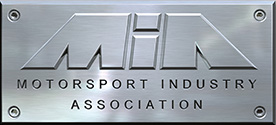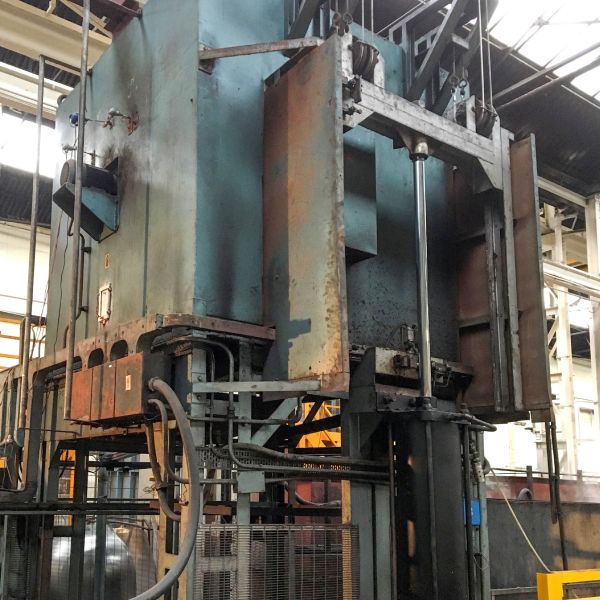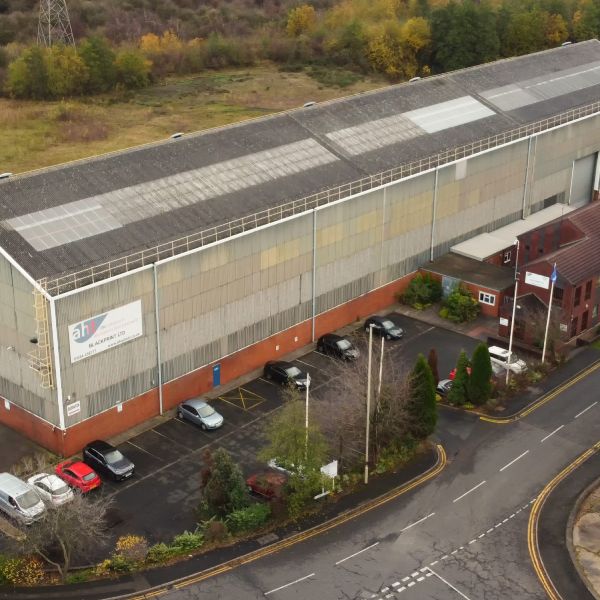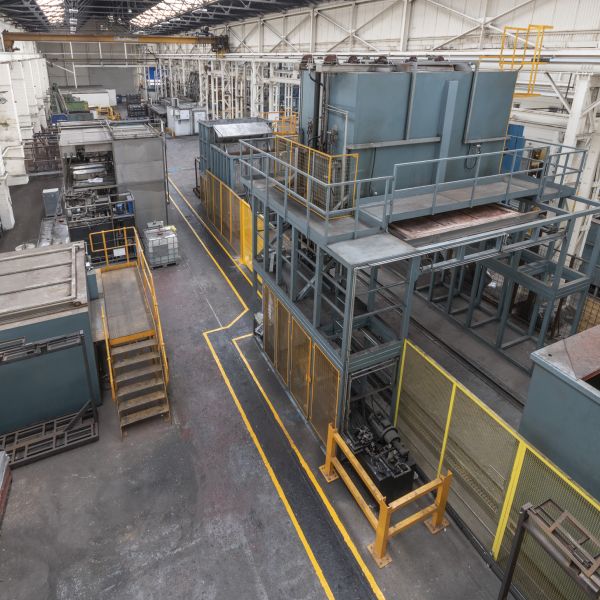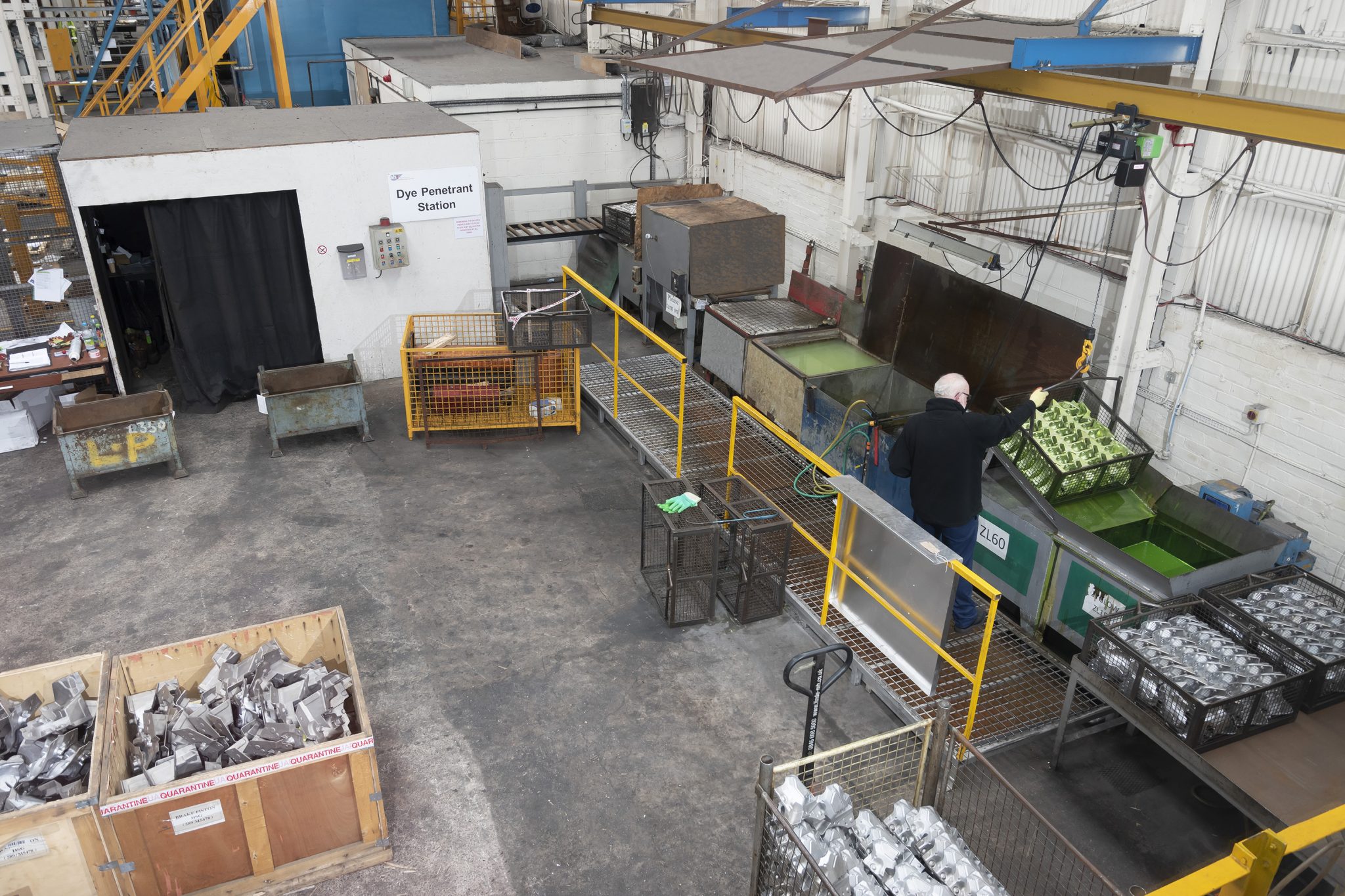Aluminium Alloy Series Numbers
Aluminium alloys are the unsung heroes behind many of the products we use in our daily lives. From aircraft and automobiles to consumer electronics, these alloys play a pivotal role in shaping the modern world. One key aspect that often perplexes many is the identifying number attached to each aluminium alloy – the alloy series number. In this guide, we unravel the mystery behind aluminium alloy series numbers and delve into the secrets they hold for manufacturers and engineers.
Decoding the Digits: What is an Alloy Series Number?
Each aluminium alloy is assigned a series number, a unique identifier that unveils the elemental composition of the alloy. It’s like a secret code that communicates the specific blend of composite materials present in the alloy, providing vital information to manufacturers and engineers. Let’s break down some common examples to understand how this alphanumeric system works:
2024: This series number signifies an aluminium alloy enriched with copper and magnesium. The combination of these elements imparts distinct characteristics to the alloy, making it suitable for specific applications.
6061: In this case, the alloy is a blend of aluminium, magnesium, and silicon. This unique combination results in an alloy that exhibits excellent corrosion resistance and weldability, making it a popular choice in various industries.
7075: The series number 7075 reveals an alloy containing copper, magnesium, and zinc. This combination produces an aluminium alloy with exceptional strength, making it ideal for applications demanding high tensile strength and durability.
Precipitation Hardening Alloys: A Special Breed
Aluminium alloys with combinations of copper, silicon, zinc, and magnesium fall into the category of precipitation hardening alloys. This unique group undergoes a specialised heat treatment process, enhancing their mechanical properties. The result is an alloy with increased strength, toughness, and resistance to wear and corrosion.
Among the plethora of aluminium alloys, some of the most noteworthy candidates for precipitation hardening include those with series numbers 2024, 6061, and 7075. These alloys, celebrated for their lightweight nature, corrosion resistance, and impressive strength-to-weight ratios, find applications in critical areas like aerospace, automotive engineering, and more.
2024: The Power of Copper and Magnesium
When it comes to series number 2024, copper and magnesium take centre stage. This alloy is particularly favoured in the aerospace industry due to its high strength and fatigue resistance. The combination of copper and magnesium in precise proportions creates a formidable material capable of withstanding the demanding conditions of flight, making it a staple in aircraft construction.
6061: The Trio of Aluminium, Magnesium, and Silicon
Series number 6061 represents an alloy where aluminium, magnesium, and silicon join forces. The inclusion of silicon enhances the alloy’s corrosion resistance, while magnesium contributes to its strength. This versatile combination makes 6061 a popular choice in structural components for various applications, from architectural projects to automotive manufacturing.
7075: The Triumvirate of Strength – Copper, Magnesium, and Zinc
For applications requiring the utmost strength, the 7075 series steps in. With copper, magnesium, and zinc as its constituents, this alloy boasts an impressive strength-to-weight ratio. It finds its place in critical components of aircraft, where durability and reliability are non-negotiable.
The Precipitation Hardening Process: Tailoring Strength
What sets precipitation hardening alloys apart is their ability to undergo a specialised heat treatment process. This process, known as precipitation hardening or age hardening, involves heating the alloy to a specific temperature, followed by a controlled cooling period. This results in the formation of precipitates within the alloy matrix, enhancing its mechanical properties.
The beauty of precipitation hardening lies in its ability to tailor the material’s strength and hardness according to the desired application. Manufacturers can fine-tune the alloy’s properties to meet the specific requirements of their end products, making it a sought-after choice in industries where precision and performance are paramount.
Get A Precipitation Hardening Quote Today:
At AHT, quality is at the forefront of everything we do. Get your free quote today by contacting us via contact form, via email or via phone call, to speak to one of our friendly and knowledgeable team.


